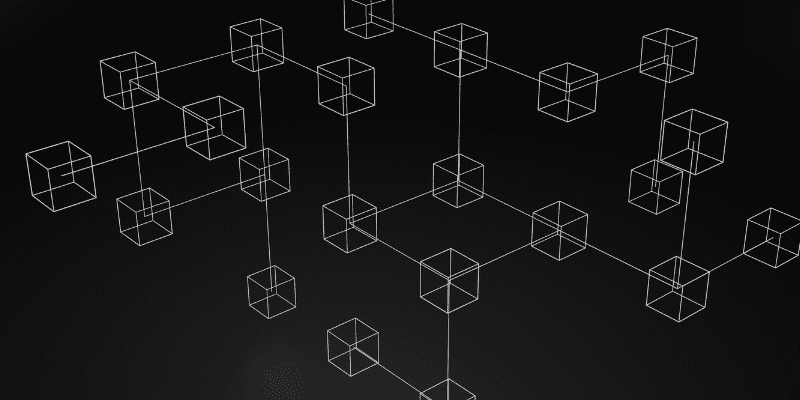In the dynamic realm of blockchain technology, one of the most exciting and rapidly evolving trends is the integration of various chains to create a more interconnected and efficient ecosystem. Developers are at the forefront of this revolution, exploring innovative ways to enhance scalability, reduce transaction costs, and improve overall user experience. Among the myriad of blockchain solutions, Polygon (formerly MATIC) has emerged as a frontrunner, providing developers with a robust platform for cross-chain integration. In this article, we’ll delve into the emerging trends in the blockchain space and explore how developers are leveraging Polygon to achieve seamless cross-chain integration.
Introduction
The Rise of Cross-Chain Integration:
Blockchain’s promise of decentralization and security has captivated industries across the globe. However, the fragmented nature of the blockchain space, with various networks operating independently, poses challenges for widespread adoption. Cross-chain integration addresses this issue by creating interoperability between different blockchains. It enables the seamless transfer of assets and information across disparate networks, unlocking new possibilities for developers and users alike.
Polygon’s Role in Cross-Chain Integration:
Polygon, a layer 2 scaling solution for Ethereum, has gained considerable traction for its ability to address the scalability issues inherent in many blockchain networks. Developers are increasingly turning to Polygon to harness its unique features for cross-chain integration. The platform’s architecture facilitates faster and more cost-effective transactions, making it an ideal choice for projects seeking to enhance their cross-chain capabilities.
Scalability Unleashed:
One of the primary reasons developers are flocking to Polygon is its scalability. With Polygon, developers can significantly enhance the throughput of their decentralized applications (DApps) without compromising on security. The platform’s architecture allows for a high number of transactions per second (TPS), providing a scalable solution for projects that demand rapid and cost-effective transactions.
Reduced Transaction Costs:
High transaction costs have been a persistent challenge in the blockchain space. Polygon addresses this issue by offering a more cost-effective alternative. Developers leveraging Polygon for cross-chain integration benefit from reduced transaction fees, making it economically viable to transfer assets and data across different blockchains. This cost efficiency not only attracts developers but also contributes to a more inclusive and accessible blockchain ecosystem.
Innovative Use Cases:
The versatility of Polygon has led to the development of a myriad of innovative use cases in cross-chain integration. From decentralized finance (DeFi) to non-fungible tokens (NFTs), developers are exploring the full spectrum of possibilities that Polygon offers.
DeFi Cross-Chain Solutions:
DeFi drives blockchain; developers seek cross-chain integration. Polygon’s scalable infrastructure enables faster, cost-efficient transactions, allowing seamless asset movement across applications.
NFT Interoperability:
The booming NFT market has also embraced Polygon’s capabilities for cross-chain integration. Developers are utilizing Polygon to create NFTs that can move seamlessly between different blockchain networks. This not only enhances the liquidity of NFT assets but also opens up new avenues for collaboration and innovation within the NFT space.
Overcoming Challenges:
While the adoption of Polygon for cross-chain integration brings a multitude of benefits, developers also face challenges in implementing these solutions seamlessly. Interoperability between different blockchains requires careful consideration of technical nuances and potential security risks.
Technical Considerations:
Developers must navigate the technical intricacies of integrating Polygon with other blockchains. This includes ensuring compatibility between smart contracts, consensus mechanisms, and transaction formats. Thorough testing and collaboration within the developer community are crucial to addressing these technical challenges and achieving a smooth cross-chain integration.
Security Concerns:
As developers push the boundaries of cross-chain integration, security remains a top concern. Ensuring the secure transfer of assets and information between different blockchains requires robust protocols and constant vigilance. Developers leveraging Polygon must prioritize security measures to safeguard the integrity of cross-chain transactions and protect user assets.
The Road Ahead:
As the blockchain space continues to evolve, cross-chain integration will undoubtedly play a pivotal role in shaping its future. Developers leveraging Polygon for cross-chain solutions are not only addressing current scalability and cost challenges but also paving the way for a more interconnected and collaborative blockchain ecosystem.
Collaborative Ecosystem:
The collaborative spirit among developers utilizing Polygon for cross-chain integration is fostering a sense of community and shared innovation. Open-source projects and collaborative initiatives are becoming the norm, as developers recognize the collective benefits of creating a more interconnected blockchain landscape.
User-Centric Development:
Ultimately, the goal of cross-chain integration is to enhance the user experience. Developers leveraging Polygon are placing a strong emphasis on user-centric development, creating solutions that are not only technically sound but also user-friendly. This user-focused approach is crucial for the widespread adoption of cross-chain solutions across diverse industries.
Conclusion:
In conclusion, blockchain trends point to a shift to cross-chain integration, led by developers. Polygon’s role is vital, providing a scalable platform for innovation. Collaboration among developers on Polygon will shape a more interconnected, efficient, and user-friendly blockchain future. The journey has just begun, with limitless potential for innovation.



































